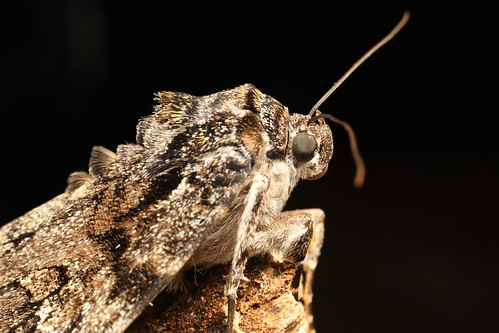Mhux kamla mhux komuni, iżda distinti tfittex waħda. Dan hu Dik catocala (Erebidae) ((li qabel kienet Noctuidae)), u feeds fuq numru żgħir ta 'Oaks. Daħal fis-dawl tiegħi matul il-weekend fil Southern Illinois, fid-Trail ta Dmugħ Stat Foresti. Bħal ħafna kamla oħra din l-ispeċi mifruxa għandha għadd ta’ varjazzjonijiet li jistgħu jirriżultaw li huma distinti – sakemm issir monografija tal-ispeċi…
Stajt issa bankarju numru żgħir ta 'stampi sbieħ tal-kamla għalhekk nistenna aktar kamla tat-Tnejn! (minkejja li din hija kamla tal-Ġimgħa).


How can I resist a post title such as yours? A monograph? Whom, pray-tell, might be publishing such a useful work? =)
Ignoring the otherwise very moth-y appearance of your highlighted moth, in isolation, it’s antennae would certainly have me scratching my head when going through my VERY crude “moth-or-butterfly” examination. Allura, are the tips of the antennae the same width as the rest, generally, no bulb or some such? And feel free to edify if I’m off base. =) I know if I see feathered I think moth, and if I see a bulb or other larger-then-rest-of-antennae blob at the terminus, I think butterfly. Can you clarify/correct/confirm that and apply to this individual?
Grazzi, and looking forward to subsequent posts.
ugh, WHO, not whom. pardon. =)